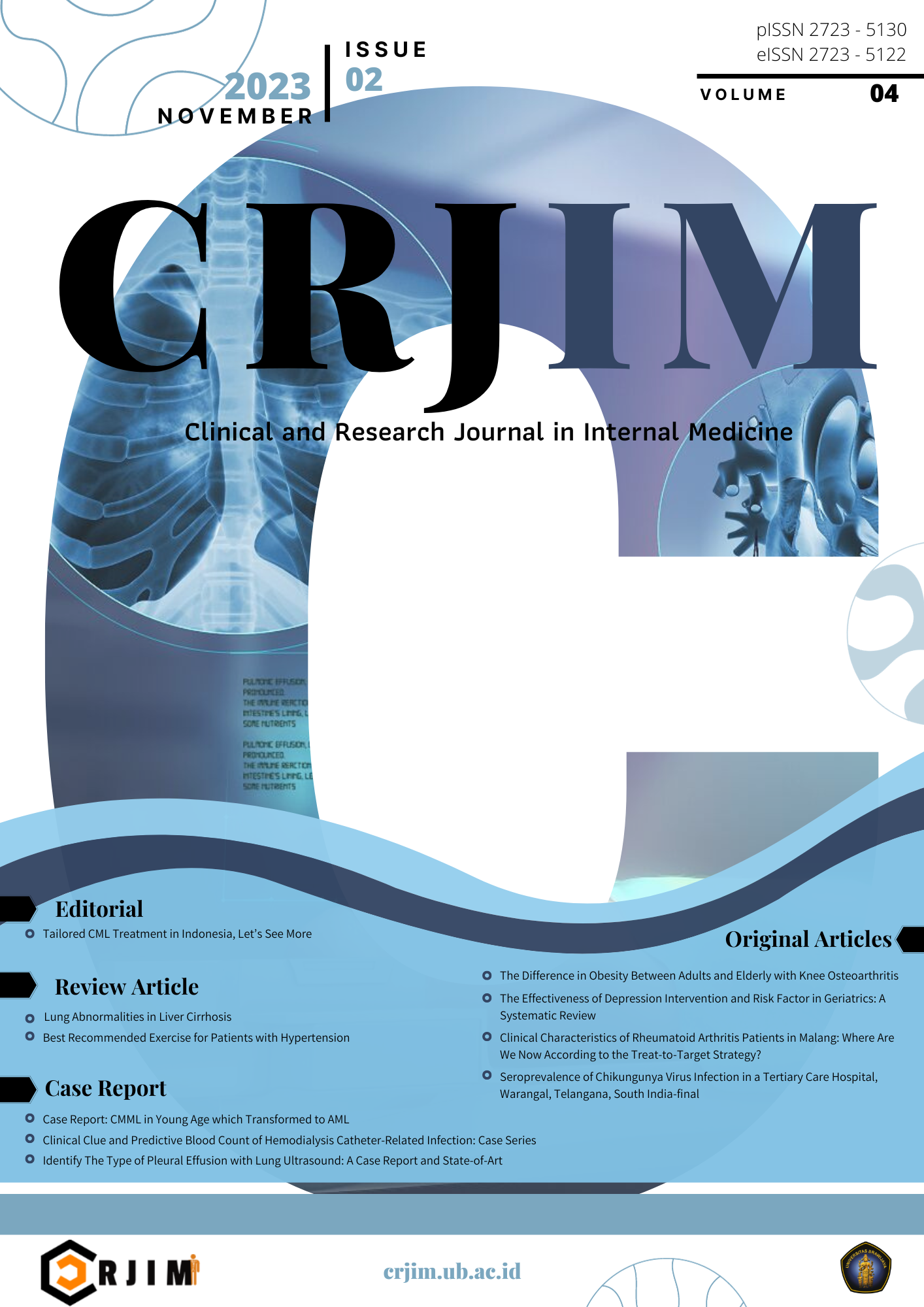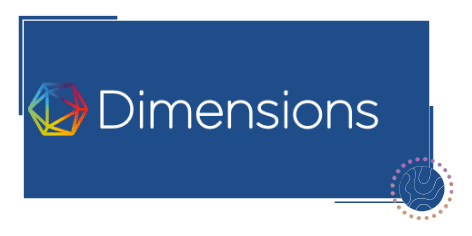The Effect of Soya and Genistein Supplementation on Serum Lipid Profile of Male Dawley Sprague Rat
DOI:
https://doi.org/10.21776/ub.crjim.2021.002.02.2Keywords:
soy, genistein, cholesterol, lipoprotein, triglyceridesAbstract
Background: Non-medical therapy is needed to reduce blood lipid levels and prevent atherosclerosis. Foods that contain Isoflavones can improve lipid profiles in the blood.
Aim: To determine the effect of soya and genistein supplementation in various doses on total cholesterol, Low Density Lipoprotein (LDL), High Density Lipoprotein (HDL), Triglycerides in male Sprague-Dawley rats.
Methods: 35 male Sprague-Dawley rats aged 6-8 weeks were divided into 7 groups, control group; low, medium, and high doses of soy milk; and low, moderate, and high doses of genistein. The treatment was given orally for 60 days. The control used was mice with standard feed. On the 61st day, blood and hepatic tissue samples were taken and checked for lipid profiles using the Friedewald formula. Statistical analysis was carried out by one-way ANOVA and Tukey's posthoc test and Dunnet test, then regression analysis.
Results: There was a significant increase in total cholesterol levels (p <0.05) and  LDL levels in low and moderate doses of soy milk group compared to all groups of genistein. There was no significant differences in HDL levels in soya and genistein groups. There was significant increase in Triglyceride levels in all groups of soy milk and low and moderate doses of Genistein compared to high doses of genistein.
Conclusion: Â Soya and genistein supplementation had increased effect on the Total Cholesterol, LDL and Triglycerides but no effect on HDL in all groups.
References
Kemenkes RI. Prevalensi Hipertensi, Penyakit yang Membahayakan. Jakarta. 2013.
Han, K.H. 2012. Omega-3-lipid acid and triglyceride. Korean J. Med. 2012, 83, 724–727 p. doi: https://doi.org/10.3904/kjm.2012.83.6.724
De Groot LJ, Chrousos G, Dungan K, et al editors. Endotext [Internet]. South Dartmouth (MA): MDText.com, Inc.; 2000–. [PMID: 26247089]
Jungbauer A, Medjakovic S. Phytoestrogens and the metabolic syndrome. J Steroid Biochem Mol Biol. 2014 Jan;139:277-89.
doi: https://doi.org/10.1016/j.jsbmb.2012.12.009
Krisnawati, A. 2017. Soybean as Source of Functional Food. Iptek Tanaman Pangan:2017. 12(1).
Wang S, Wang Y, Pan MH, et al. Anti-obesity molecular mechanism of soy isoflavones: weaving the way to new therapeutic routes. Food & function. 2017. 8(11), pp.3831-3846. Doi: https://doi.org/10.1039/c7fo01094j
Penza M, Montani C, Romani A, et al. Genistein affects adipose tissue deposition in a dose-dependent and gender-specific manner. Endocrinology. 2006 Dec;147(12):5740-51. doi: https://doi.org/10.1210/en.2006-0365
Clarke HE, Coates ME, Eva JK, et al. Dietary standards for laboratory animals: report of the Laboratory Animals Centre Diets Advisory Committee. Lab Anim. 1977 Jan;11(1):1-28.
doi: https://doi.org/10.1258/002367777780959175
Hedrich, H.J. Taxonomy and stocks and strains. In The Laboratory Rat (M. Suckow, S. Weisbroth, and C. Franklin, eds.).2006.71-92 p. Elsevier Academic Press, Burlington, MA.
Koswara, Sutrisno, 2009, Isoflavon, Senyawa Multi Manfaat Dalam Kedelai
Astawan, Made, 2009, Sehat Dengan Hidangan Kacang dan Biji-bijian, Penebar Swadaya, Jakarta
Gruber CJ, Tschugguel W, Schneeberger C, et al. Production and actions of estrogens. N Engl J Med. 2002 Jan 31;346(5):340-52.
doi: https://doi.org/10.1056/NEJMra000471
Adam, John. Dislipidemia, in: Aru W, Sudoyo, Setiyohadi bambang, Ilmu Penyakit Dalam Jilid 3, edisi 4, Pusat Penerbitan Departemen Ilmu Penyakit Dalam FK-UI, Jakarta.2006; pp:1926-1928
Yousef MI, Kamel KI, Esmail AM, et al. Antioxidant activities and lipid lowering effects of isoflavone in male rabbits. Food Chem Toxicol. 2004 Sep;42(9):1497-503.
doi: https://doi.org/10.1016/j.fct.2004.04.012
Wangen KE, Duncan AM, Xu X, et al. Soy isoflavones improve plasma lipids in normocholesterolemic and mildly hypercholesterolemic postmenopausal women. Am J Clin Nutr. 2001;73(2):225-31. doi:https://doi.org/10.1093/ajcn/73.2.225
Clifton-Bligh PB. The effect of isoflavones extracted from red clover (Rimostil) on lipid and bone metabolism. Menopause. 2001;8(4), pp.259-265.
Antonella Dewell, Clarie B. Hollenbeck, Bonnie Bruce, The Effects of Soy-Derived Phytoestrogens on Serum Lipids and Lipoproteins in Moderately Hypercholesterolemic Postmenopausal Women, The Journal of Clinical Endocrinology & Metabolism. 2002;87(1):118–121. doi: https://doi.org/10.1210/jcem.87.1.8155
Hale, Georgina & Paul-Labrador, Maura & Dwyer, James & Merz, C. Isoflavone supplementation and endothelial function in menopausal women. Clinical endocrinology. 2002;56:693-701. doi: https://doi.org/10.1046/j.1365-2265.2002.01533.x.
Squadrito F. The effect of the phytoestrogen genistein on plasma nitric oxide concentrations, endothelin-1 levels and endothelium dependent vasodilation in postmenopausal women, Atherosclerosis. 2002;163:339-347p. Doi:https://doi.org/10.1016/S0021-9150(02)00013-8
Yeung John. Effects of isoflavones (soy phyto-estrogens) on serum lipids: a meta -analysis of randomized controlled trials, NJ. 2003:2;1-15 p.
Miksicek RJ. Interaction of naturally occurring nonsteroidal estrogens with expressed recombinant human estrogen receptor. The Journal of steroid biochemistry and molecular biology. 1994;49(2-3):153-160p. doi: https://doi.org/10.1016/0960-0760(94)90005-1
Mackey R. The effects of soy protein in women and men with elevated plasma lipids. Biofactors. 200;Vol.12;251-257.
Squadrito F. The effect of the phytoestrogen genistein on plasma nitric oxide concentrations, endothelin-1 levels and endothelium dependent vasodilation in postmenopausal women, Atherosclerosis. 2002;163:339-347p. doi: https://doi.org/10.1016/S0021-9150(02)00013-8
Han KK, 2002. Benefits of soy isoflavone therapeutic regimen on menopausal symptoms. Obstet Gynecol, 2002;99: 389-394 p. doi: 10.1016/s0029-7844(01)01744-6 PMID: 11864664
Sanders TA, Dean TS, Grainger D, et al. Moderate intakes of intact soy protein rich in isoflavones compared with ethanol-extracted soy protein increase HDL but do not influence transforming growth factor beta(1) concentrations and hemostatic risk factors for coronary heart disease in healthy subjects. Am J Clin Nutr. 2002 Aug;76(2):373-7. doi: https://doi.org/10.1093/ajcn/76.2.373
Samman S, Lyons Wall PM, Chan GS, et al. The effect of supplementation with isoflavones on plasma lipids and oxidisability of low density lipoprotein in premenopausal women. Atherosclerosis. 1999 Dec;147(2):277-83. doi: 10.1016/s0021-9150(99)00196-3. PMID: 10559513
Hodgson JM, Puddey IB, Beilin LJ, et al. Supplementation with isoflavonoid phytoestrogens does not alter serum lipid concentrations: a randomized controlled trial in humans. J Nutr. 1998 Apr;128(4):728-32. doi: 10.1093/jn/128.4.728. PMID: 9521635



















